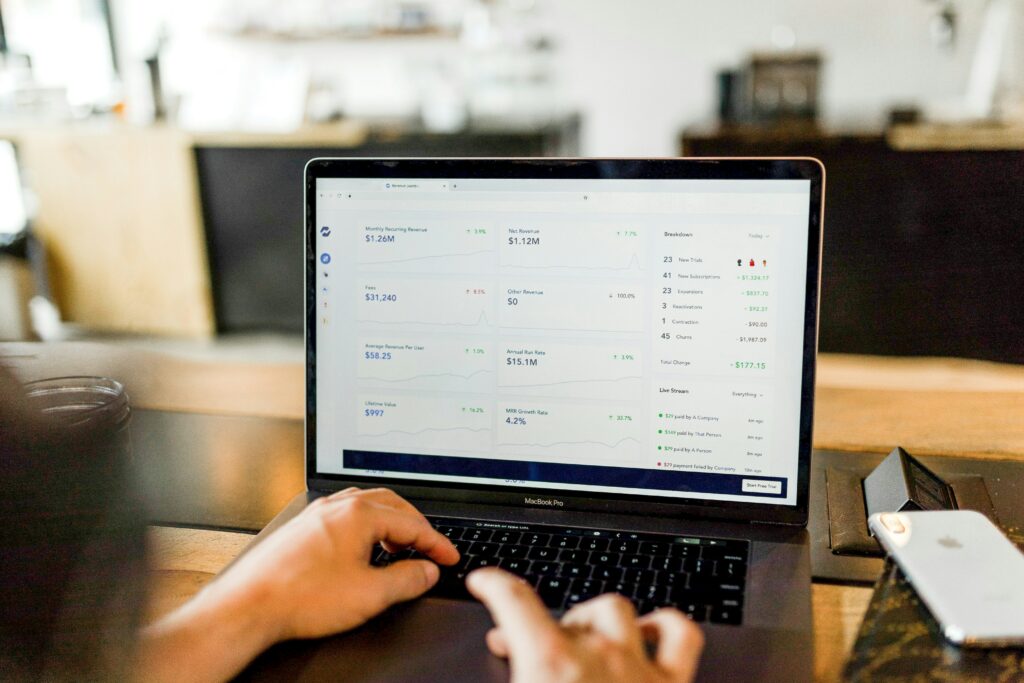
Do you struggle to track employees’ work hours effectively? Do you often face inefficiencies and errors associated with billing and payroll processing? Do you lack insight into employee productivity because of a lack of proper visibility into employees’ time?
Then, it’s time to shift to timesheets to capture employee work hours and associated activities.
This blog will uncover the basic use of timesheets and shed light on eight reasons organizations should invest in timesheets for maximum profitability.
What Is a Timesheet?
A timesheet is a tool that keeps track of employees’ work time data at the workplace.
Many organizations use traditional timesheets, such as paper-based timesheets, punch cards, spreadsheets, and even Excel timesheet templates which are available online to track how employees spend their time and in which activities. However, these legacy systems require manual time entry of employees’ start and end times. These are also prone to errors that can lead to payroll discrepancies, inaccurate client billing, and even non-compliance issues.
“According to an EY report, each payroll error costs an organization around $291 on average to redeem directly or indirectly, and if a company regularly deals with such errors, they could? lose up to thousands of dollars each year.”
But, with the advent of technology, digital timesheets have become more popular options among digitally matured organizations that can capture employees’ work hours automatically without much human intervention and can also generate detailed reports to give a 360-degree view of where employees spend their time in which activities, and for how long.
This data can help employers ascertain employees’ productivity levels, calculate employees’ payroll, and generate client invoices. Thus, a digital timesheet can be a game changer for organizations by helping them with advantages, as mentioned below.
Why Timesheets are Essential to Your Organization
- Task Prioritization With Work Time Data
Timesheets serve as a record of employees’ work hours and the time they spend on each task/project. Armed with the timesheet data, employers can ascertain how their resources’ time is being used across various tasks/projects.
With such analytics, employers can find out which projects consume more employee bandwidth and assess whether these projects are profitable. Among other things, this can help them make informed decisions regarding projects they need to prioritize and decide which ones can be done away with, considering they aren’t serving much value and consuming a lot of resource bandwidth.
Also, by analyzing the timesheet data, employers can deprioritize the tasks that take longer and are less significant than necessary.
In addition, managers can use timesheet data while assigning tasks, i.e., they can check the timesheets to see who is working on what tasks and who is available to take on some work. Thus, timesheets help in better task allocation and work distribution.
- Prevent Cost Overruns
The data retrieved from timesheets serves as the cornerstone for future projects.
For instance, if you embark on a new project, you’ll need to estimate the approximate time, cost, and other variables, as an inaccurate estimation can lead to cost overrun, missed deadlines, and delays in project delivery.
However, organizations that use timesheets to record work time data can also leverage it for forecasting. For example, they can check the data of those projects with a similar nature that they’ve worked on previously to get estimates for future projects.
Simply put, you can leverage the work time data from previous project timesheets to estimate the approximate resources, time, and cost for future projects.
Thus, timesheet data serves as a reference for future projects and helps cut down unnecessary costs and labor.
- Facilitate Client Billing
Clients that charge based on the number of hours can be billed accurately with a timesheet. The timesheet serves as proof for clients to show how much time was spent on their project.
By accurately tracking billable hours, employers can generate invoices based on the hours spent by resources on these client-specific projects to ensure accurate billing.
In the absence of such systems, erroneous data tracking can lead to under or over-billing, cost overruns, and damaged reputation, which eventually impacts relationships with clients.
With time-tracking software in place, employers can also generate detailed reports and share these with clients to help them understand how time was spent on different parts of the project and how their money was put to good use. This way, timesheets prevent billing errors, foster transparency, and build trust between employers and their clients.
- Share Insights Into Employee Productivity
Timesheets help managers and employers ascertain productivity trends and performance levels.
Organizations often aim for 100% employee productivity levels; however, this goal doesn’t seem realistic. Administrative tasks, training courses, personal leaves, and long meetings often consume a lot of employee bandwidth and thus contribute to lowering their productivity.
Timesheets flag such areas of lower productivity so employers can discern the reasons behind the low productivity trends, areas of time wastage, and more.
For example, they can check which tasks are taking longer to complete, which ones they are able to do in a brief period, and which ones are insignificant or unproductive. This visibility helps them optimize and prioritize the tasks for better efficiency. For example, if some tasks are insignificant and consume a lot of employee time, they can consider deprioritizing such tasks to utilize employee time and bandwidth in a better way.
In addition, with the help of timesheets, managers can identify those resources who perform excellently in certain types of projects and use them where their skills are required.
On the other hand, employers can also identify those resources that are less skilled and usually take more time to complete certain tasks and can provide them with the necessary training to improve their performance.
- Ensure Uniform Distribution of Workload
Timesheets provide a holistic view of the employee’s time, bandwidth, workload, and tasks allocated. Thus, employers can use this data for uniform work distribution.
For instance, if some employees have more workload, managers can delegate some tasks to the employees with available bandwidth.
In addition, if managers ascertain that the bandwidth of all resources has been used to its full potential, they can seek other ways to manage the workload, such as recruiting additional resources or hiring temporary freelancers.
Thus, a timesheet helps in fair workload distribution and addresses the organization’s staffing requirements.
- Provide Visibility Into Absenteeism Pattern
Timesheets also show ‘time off data’, i.e., the number of days employees didn’t appear at work in a planned or unplanned way. Equipped with timesheet data, managers can try to identify the absenteeism patterns in employees by assessing if unscheduled absences have started becoming a trend.
There can be several reasons behind the absenteeism pattern, such as burnout, disengagement, poor health, lack of flexibility, difficulty in finding daycare for children, etc. Thus, management can have a session with employees who are showing signs of absenteeism, understand and vet their issues, and take necessary measures to reduce absenteeism and improve engagement.
- Provide Analytical Data on Project Progress.
A timesheet gives visibility into the time and resources invested in a particular project and managers can compare it with the planned timeline to understand the project’s progress.
With the timesheet data, project managers can analyze if some of the tasks are taking too long or if there’s any bottleneck that is causing a delay in the project delivery. Thus, they can assist in addressing the potential roadblocks, optimizing the resources, and adjusting the workflow to ensure timely project delivery.
- Facilitate Payroll Processing
Many organizations pay employees based on the number of hours they work, especially consultants and freelancers, who are paid on an hourly basis.
So, timesheet data serves as a record of how many hours employees worked in a day/week/month. This way, the administration can process an accurate payroll based on the employees’ work hours retrieved from the timesheets.
Also, timesheet data helps calculate how much employers should pay to contractors on a weekly or monthly basis based on the hours they worked for the organization. With timesheet software, employers can also meet payroll-related regulations around overtime, shift-based pay, and more, which helps them with compliance.
Bottom Line
Timesheets benefit employers in several ways, including payroll processing, accurate client billing, analyzing productivity trends, tracking project progress, etc. Many organizations have been using legacy timesheet systems, such as paper timesheets, spreadsheets, etc., to capture employees’ work hours. However, these timesheet systems are time-consuming and are prone to errors and even time theft.
Thus, many organizations are pivoting to time-tracking software that can accurately capture time spent by employees across several tasks/projects with minimum manual intervention. You can also leverage this software to avoid discrepancies in time tracking, billing, and payroll processing and make data-driven decisions to optimize workflows and enhance efficacy.
Featured Image by ijeab on Freepik
The post 8 Reasons Why Timesheets Are Essential to Your Organization appeared first on noupe.



